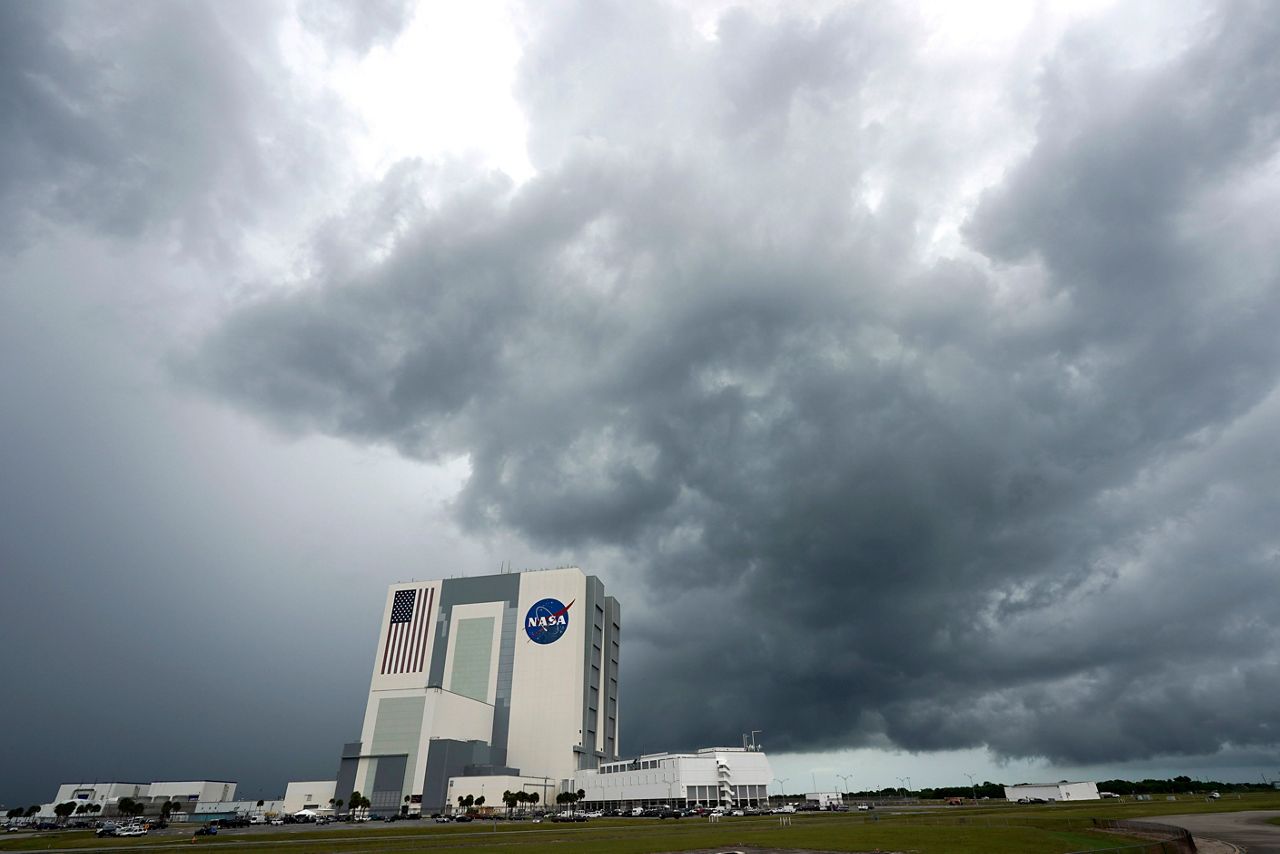3… 2… 1… Liftoff! Watching a rocket soar into space is a mesmerizing experience, but the process to get there is arduous.
Once officials set a launch day, they put a multitude of safety inspections and procedures in place leading up to the event.
After several mechanical checks pass inspection, it looks like the launch will be a ‘go’, when suddenly it’s scrubbed. Because of the weather.
Launches are scheduled months in advance, hoping that the weather will be clear and quiet on the date selected. But that is not always the case. The weather that day could be the final determinant of whether or not ‘All systems go’.
There are 14 weather conditions that meteorologists closely monitor, leading up to launch day. All that must be within certain the parameters in order to ensure a safe mission from launch to landing/splash down.
The safety of the flight crew and those on the ground carrying out the final preparations before liftoff remains the highest priority.
Storms, particularly lightning
This one probably doesn’t come as a surprise, but thunderstorms will prevent the launch from happening. That goes for any synoptic or mesoscale storms forecast within the vicinity of the launch pad, or downstream of it, at the time of liftoff.
Thunderstorms roll over the Vehicle Assembly Building near Launch Pad 39-A at Kennedy Space Center in Cape Canaveral, FL on May 27, 2020. (AP Photo/David J. Phillip)
Obviously, large-scale storms, like tropical cyclones, expected to impact the region, or develop with in the flight path will be enough to postpone the mission well in advance.
However, it’s the timing of those standard convective thunderstorms that can be a bit harder to nail down.
But it is important to do so. Lightning remains among the biggest concerns with thunderstorms, especially when most launches take place in the “Lightning Capital of the U.S.”, Florida.
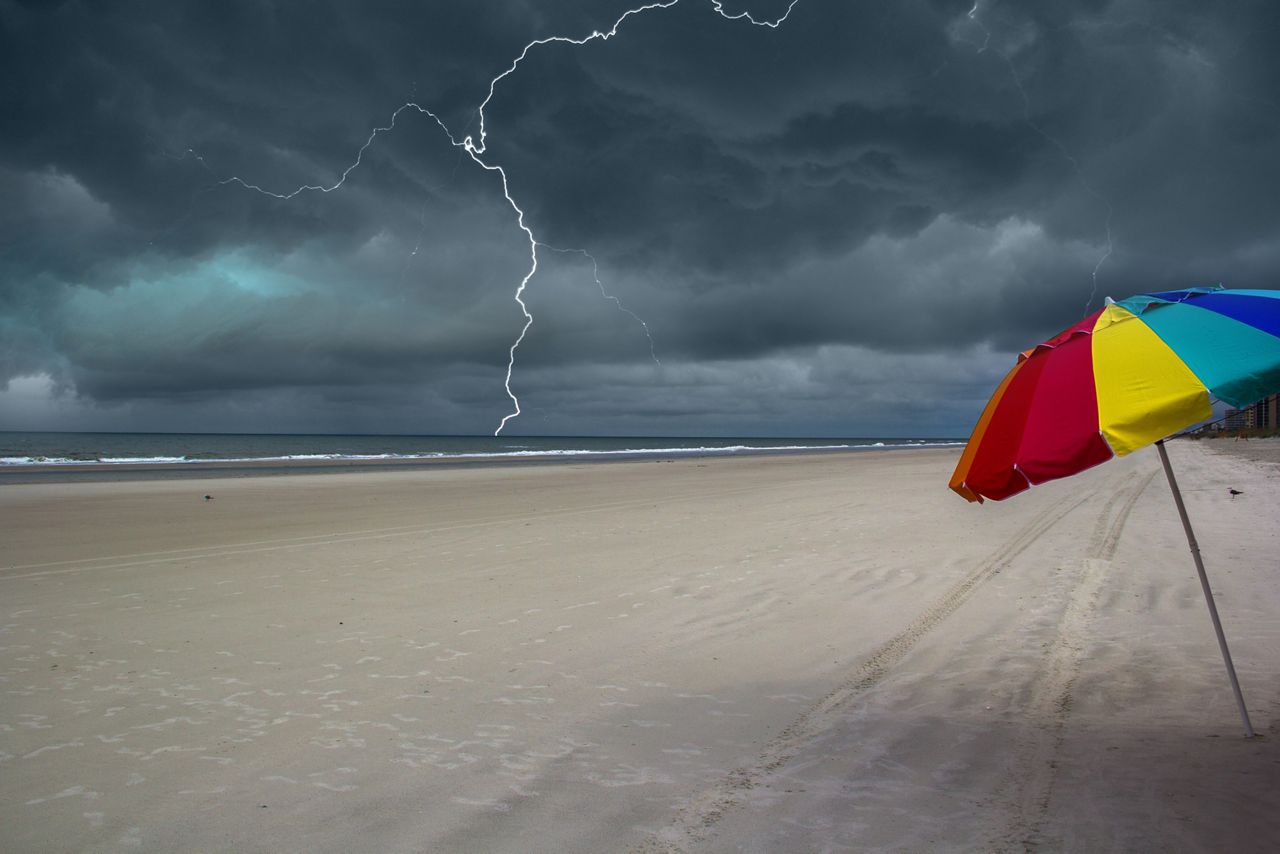
Lightning strikes near a Florida beach. (iStock Photo)
While the launch pad itself is equipped with lightning rods to protect the rocket before liftoff, once it blasts off, that protection is gone. In fact, the rocket becomes even more prone to lightning strikes as it lifts through the atmosphere.
Hence, if sensors detect lightning within 10 nautical miles of the launch pad 30 minutes before liftoff, the launch will become scrubbed.
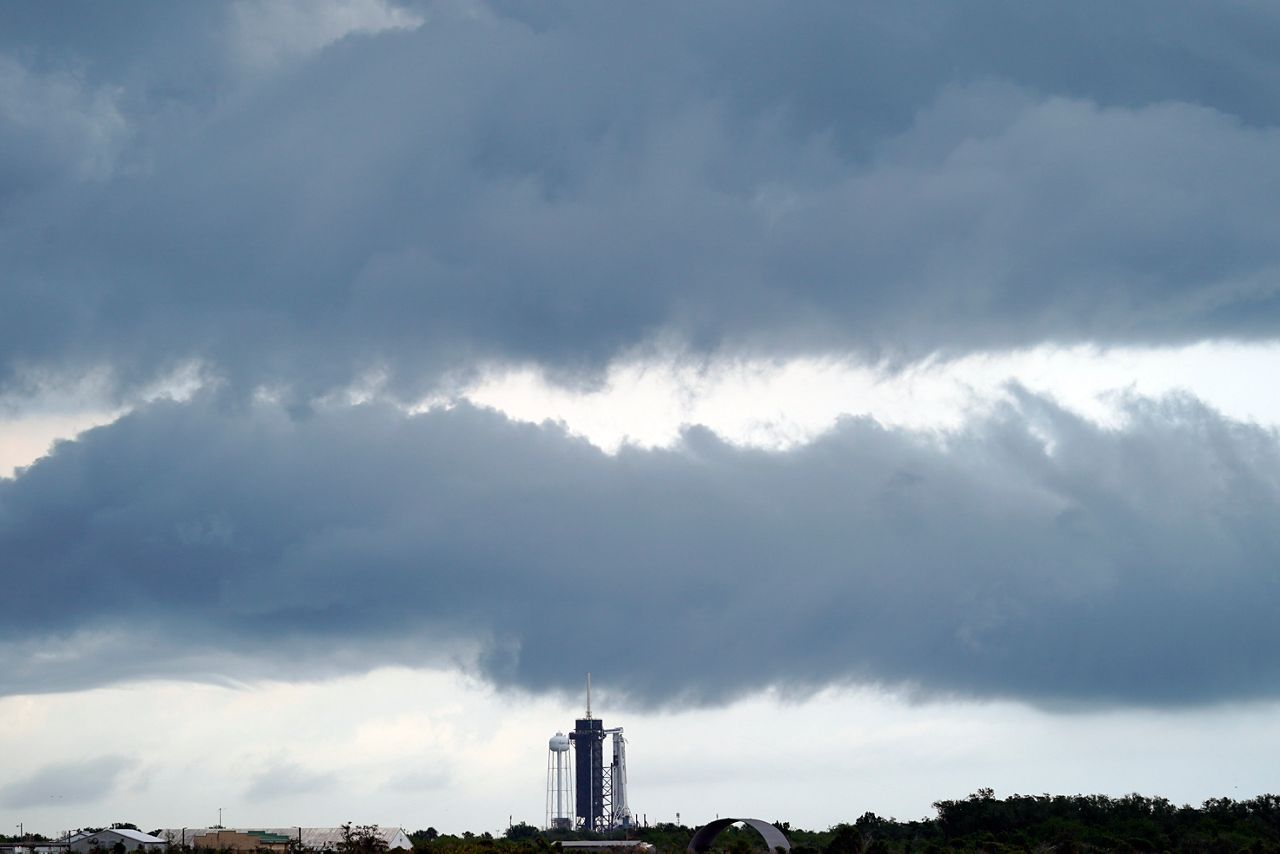
SpaceX’s first manned mission with Crew Dragon spacecraft on Falcon 9 rocker was scheduled to launch on May 27, 2020. However, it was scrubbed due to stormy conditions. The mission successfully launched three days later, on May 30, 2020. (AP Photo/David J. Phillip)
Even though this is the standard rule to follow, there are other storm-related scenarios that the National Aeronautics and Space Administration (NASA) deems a no-go for launch.
You can take a closer look at these no-launch scenarios put in place for SpaceX’s Falcon 9 rockets.
If lightning strikes the vessel on its way into space, it can cause damage to the electronic operating systems, all of which could affect the communication and navigation systems essential for a safe mission.
Regardless, thunderstorms not only pose a big threat to the actual launch itself but also to all those on the ground setting up and preparing for it, too.
Clouds and precipitation
Well, here’s an easy one. If it’s raining at the time of the launch, the takeoff is scrubbed.
It doesn’t even have to rain that hard or at all. Clouds alone can postpone a mission. A cloud layer that is thicker than 4500 feet and situated below an altitude of 6000 feet will prevent a launch from happening.
This is especially true if the cloud layer extends into freezing temperatures, which could impact the rocket’s performance and put the crew members’ lives at risk.
To see NASA’s specific guidelines regarding to clouds, click here.
Temperatures
While the heat rarely raises a concern (most launches happen in Florida, after all), colder weather could promote ice to build up on the rocket itself.
This could damage or affect parts of the rocket’s instrumentation system needed to carryout a successful and safe mission.
In fact, cold temperatures prior to launch were responsible for the tragic Challenger disaster that took place in January 1986.
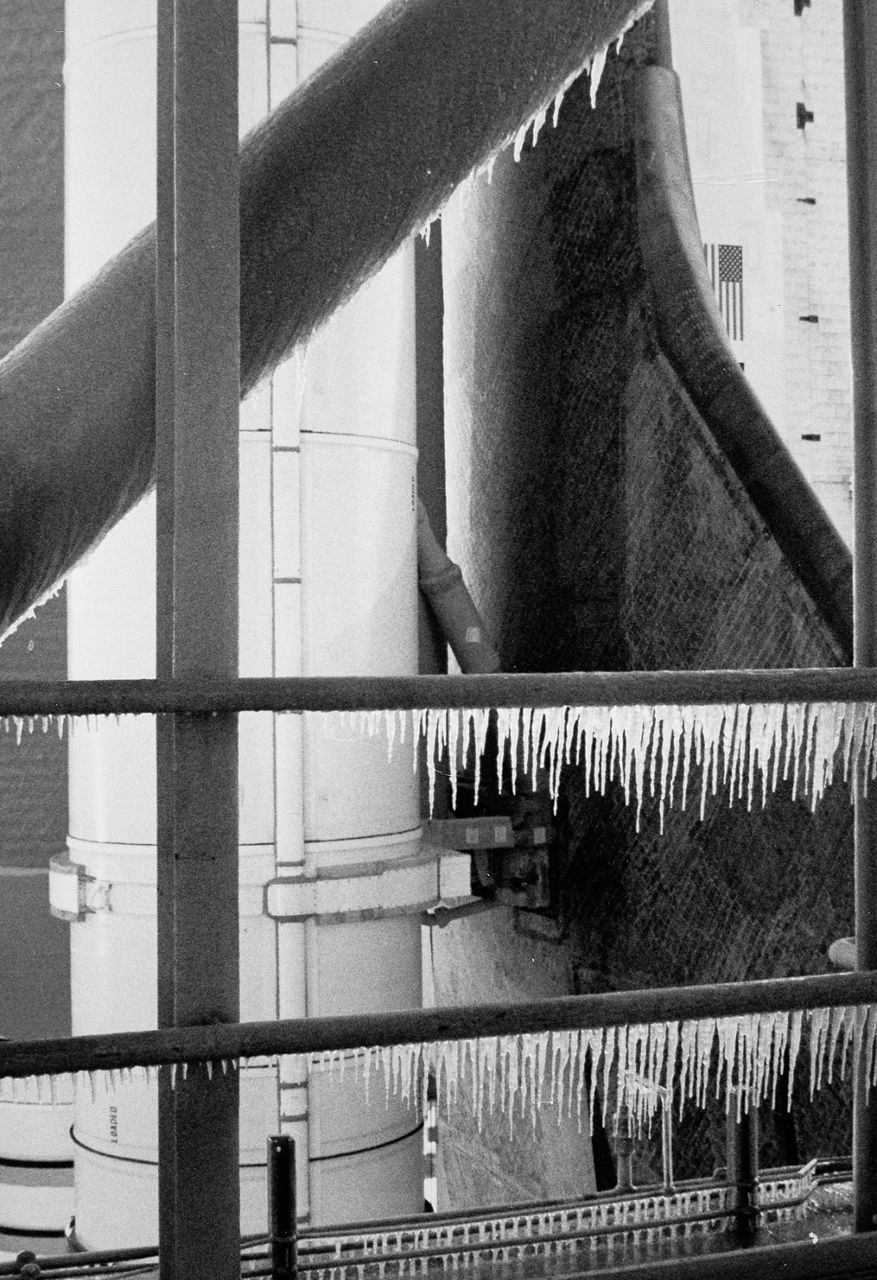
Icicles formed on the railings of Challenger’s service structure on the morning of its final launch in January 1986. (AP Photo)
Therefore, when temperatures fall below 48 degrees on launch day, you can plan on it getting scrubbed.
Wind
Strong winds at the surface and aloft can impact the rocket’s trajectory towards space, and several officials monitor those winds prior to launch.
If sustained wind speeds exceed 30 mph 162 feet above the launch pad, the launch will become scrubbed.
Crew members on the ground also have to take wind direction account. The parameter mentioned above is true for winds blowing in any directions except the northeast. Here, the threshold is less, only about 21 mph.
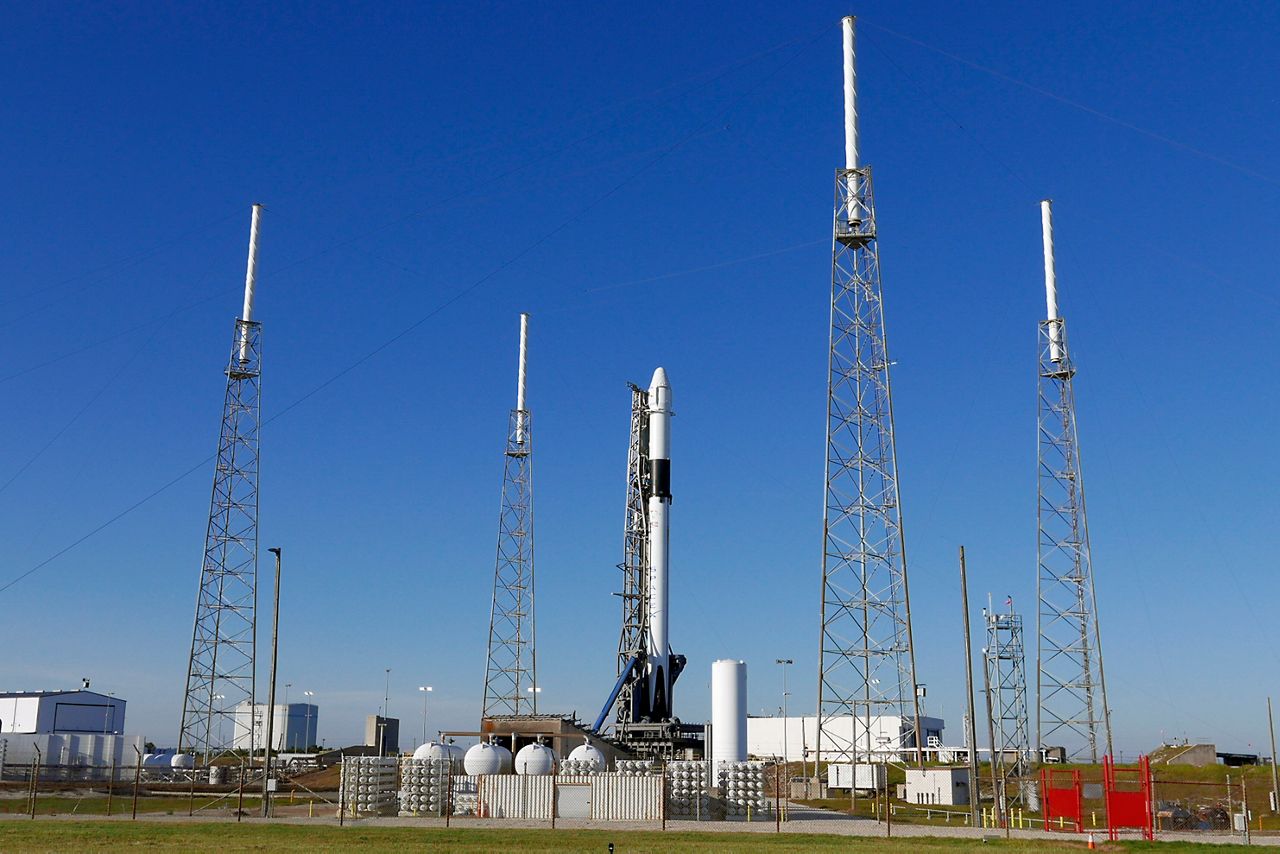
The weather looks great from the picture, but upper level winds scrubbed SpaceX’s Falcon 9 launch on December 4, 2019. (AP Photo/John Raoux)
In addition, wind shear is measured aloft, which is the change of wind speed with altitude. When there is a good amount of wind shear present higher in our atmosphere, it will put the launch on hold.
A lot of times, the winds near the surface meet the criteria mentioned above, but the launch is still scrubbed due to wind shear.
Downstream weather conditions
Meteorologists aren’t only concerned about the weather conditions at the site of the launch. They must also keep tabs on conditions downstream of the launch as well. This is in case of an emergency and the crew members would have to abort the launch.
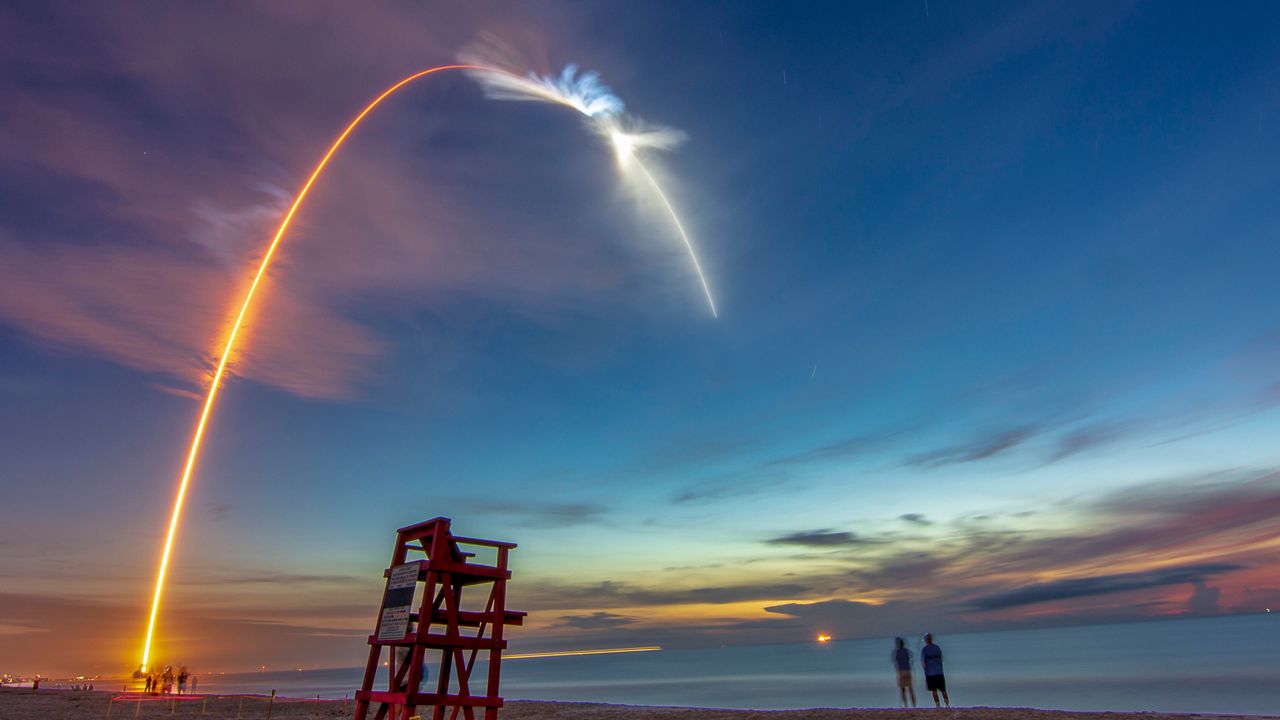
SpaceX Falcon 9 rocket launch seen from South Cocoa Beach, FL on June 29, 2018. (Photo by Jamie MacKenzie)
All the above parameters will continue to be monitored downstream, following the rocket’s trajectory into the space. Since the flight path moves over the Atlantic Ocean, meteorologists will also look at wave heights and other marine-related conditions.

